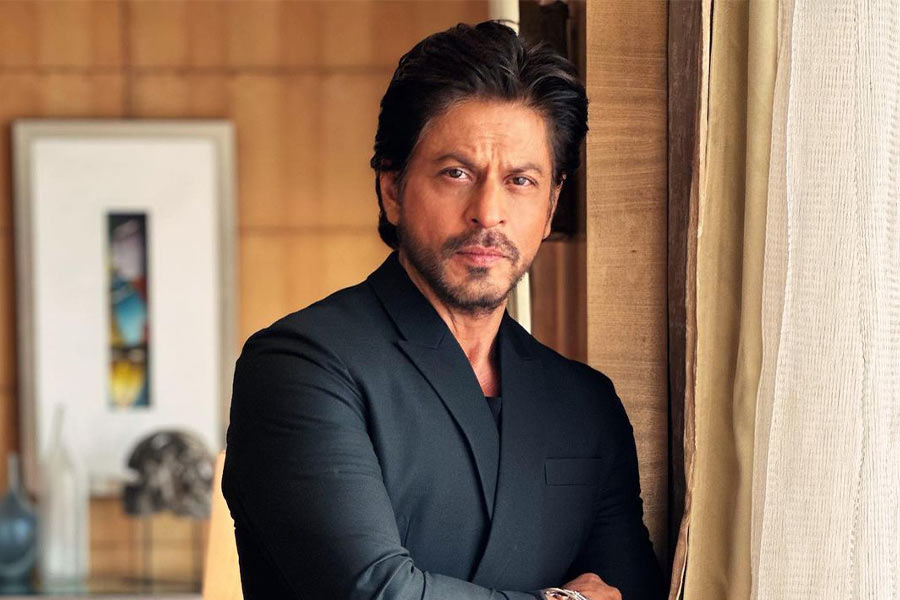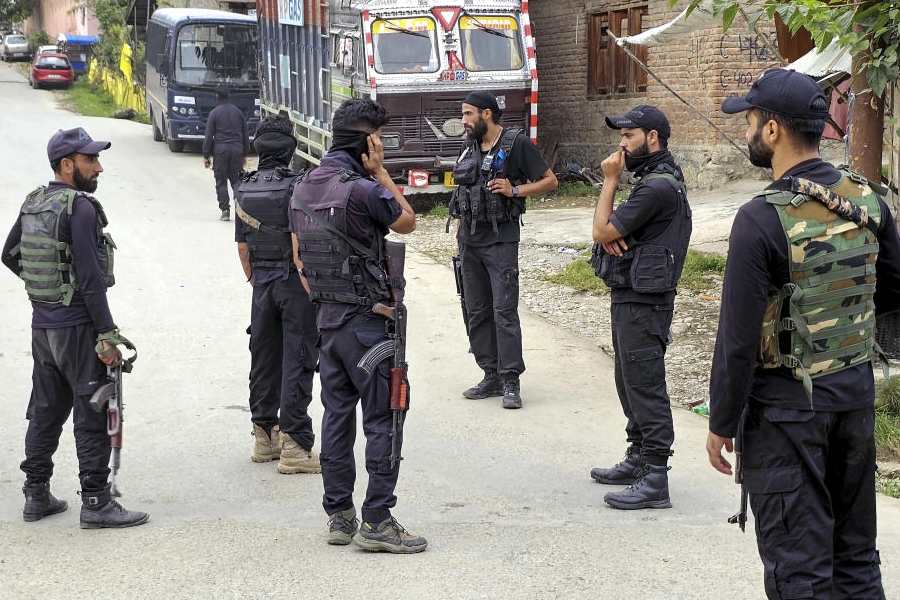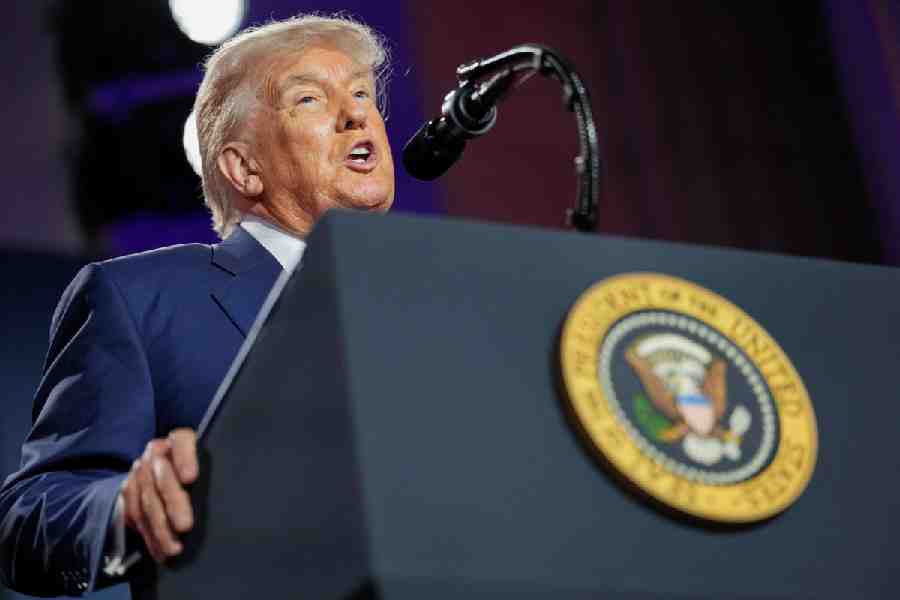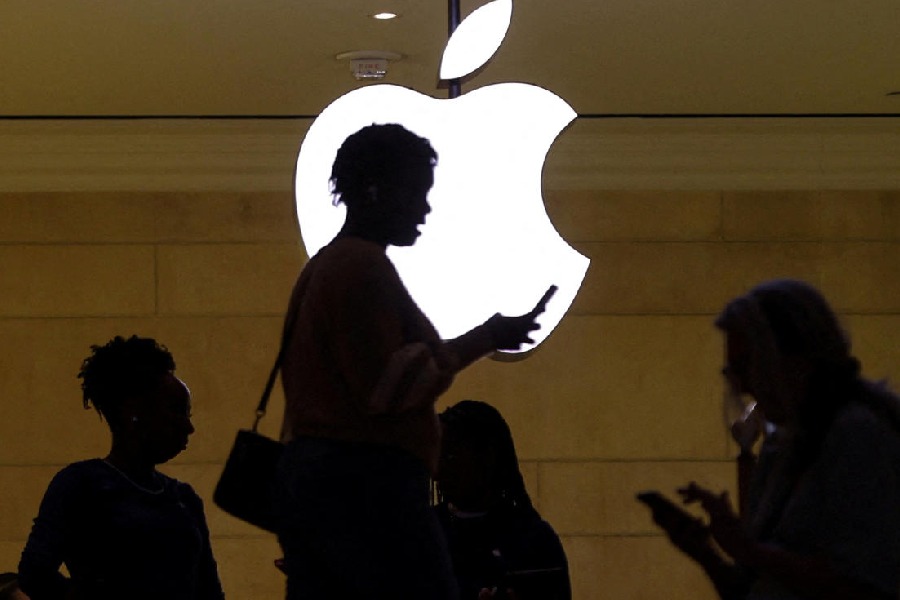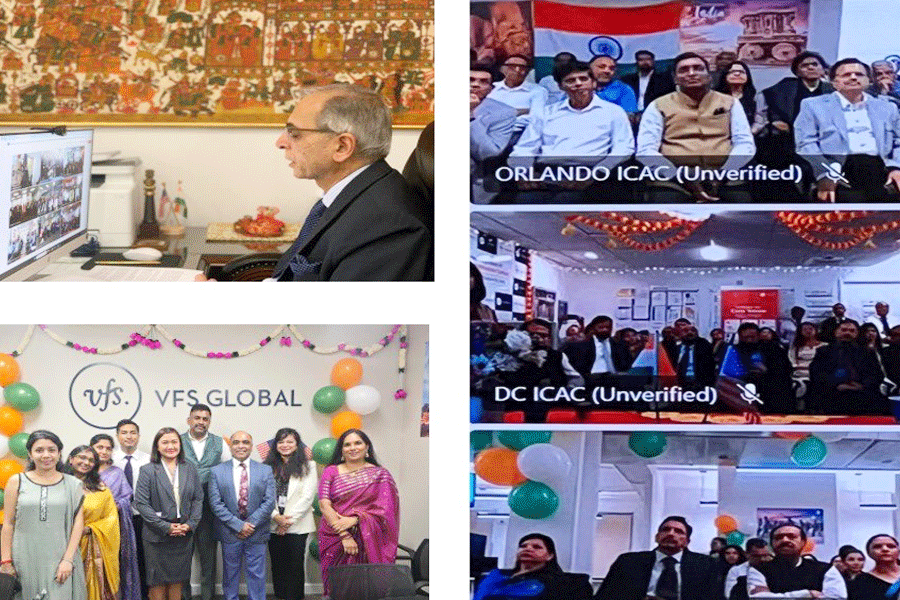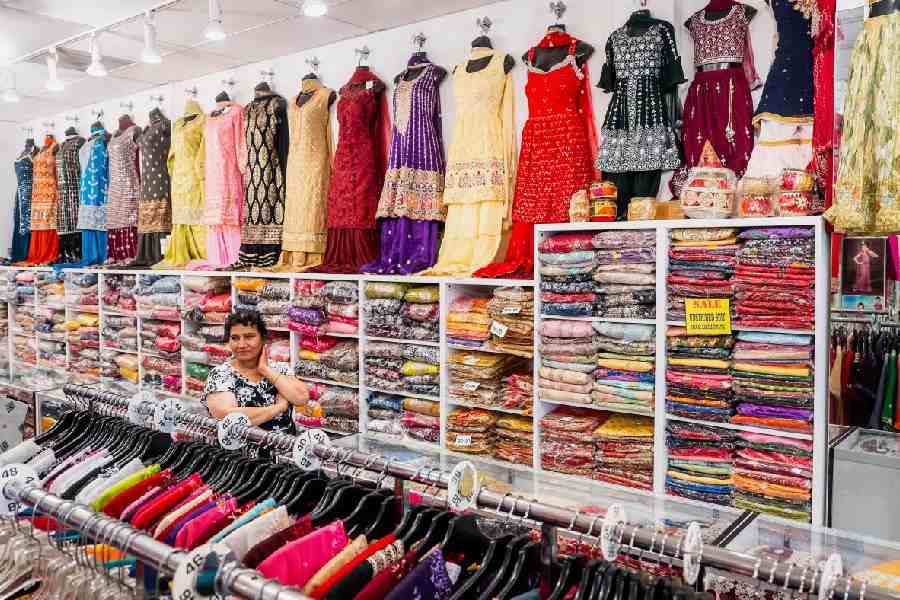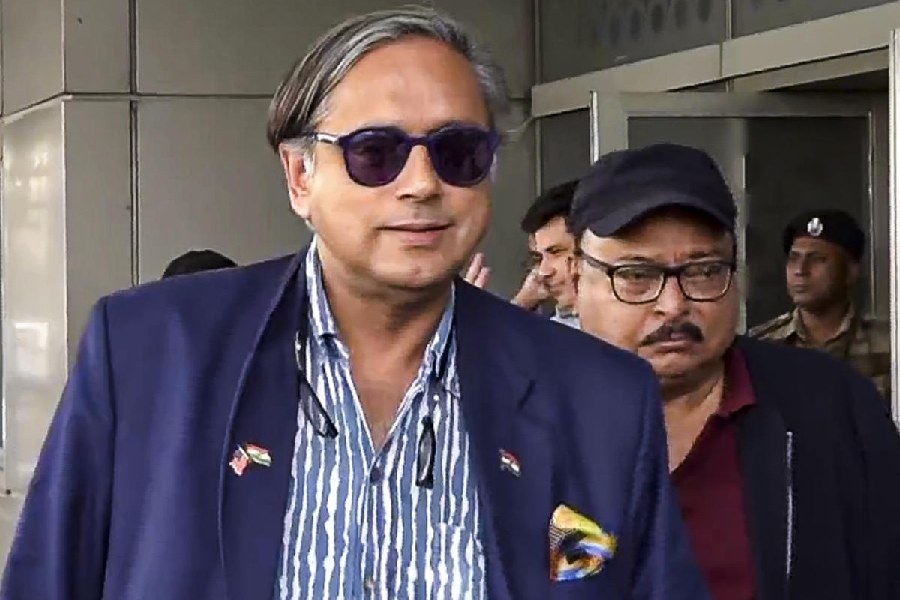 |
 |
| Rajesh Khanna and Hema Malini in Rajput, one of the films for which Ajit Ghosh (above) handled the PR. (Somnath Ghosh) |
In the mid-70s, when Rajesh Khanna was at the height of his stardom, he took under his wing a Bengali boy who was assisting his PR manager. “Tum khud PR kyun nahin ban jatey?” he asked him one day. “Sir, main mauka dhoond raha hoon,” the boy replied.
The industry’s biggest star put his money where his mouth was. He made the Bengali boy his PR soon after, in 1974. The relationship would continue through Khanna’s magical years into his twilight phase — over the next 10 years. Khanna’s backing also meant doors of the studios opening for him for film-based projects on the side.
Today, at the age of 67, Ajit Ghosh has over 300 released films on his CV as PR. Other than big projects like Shakti and Sanam Teri Kasam (not to mention the later-day Qayamat se Qayamat Tak and Raja Hindusthani), the list includes three of his employer’s films — Thodi Si Bewafai (1980), Rajput (1982), which also starred Dharmendra, Hema Malini and Vinod Khanna, and Ghar Ka Chiraag (1989) which had the foot-tapping number Tutak tutak tutiya, picturised on Khanna, Neelam and Chunkey Pandey. Another Rajesh-related film project was Lakshmi, a Reena Roy production, in which the fading superstar and Rekha made a special appearance. “I honed my PR skills through my close proximity to him.”
Ghosh, who left Calcutta in the late-60s with dreams of making it in Bombay as a freelance photographer, remembers his first meeting with Khanna. “I had taken pictures at the shooting of Shakti Samanta’s Kati Patang, his next film after Aradhana. So he invited me to the silver jubilee party of Aradhana at Sun & Sand Hotel, Juhu. That is where Shaktida introduced us.”
Henceforth, he started clicking Khanna on the sets. Anand, Dushman, Bawarchi, Namak Haraam, Mehbooba — he rattles off some of his photo assignments. “I was also the first to click pictures of Rishi Kapoor and Dimple Kapadia for Bobby. It was quite a shock when the teenager wed Khanna soon after!”
Ghosh recalls how the two met. A show had been organised in Ahmedabad for which the stars were being flown across from Bombay in a chartered flight. “Rajesh, as usual, reached late. Most seats were taken and he found one empty beside a pretty newcomer. ‘May I?’ he asked. Dimple was only too happy to have the superstar sit by her. That flight must have been the start of the romance…. He was a charmer.”
Khanna was still seeing Anju Mahendroo. But news leaked of the secret dalliance. “It was the birthday party of actor Manmohan (father of producer Nitin Manmohan). Rajesh was already there. I overheard Shaktida telling someone that Anju would not come because Rajesh was marrying Dimple within a few weeks.”
When he started working with Khanna as PR, Ghosh often got quizzed by industry colleagues how tough he was finding the superstar to handle. “By then I had known him for long enough to know his moods.” If he had one problem, it was with Khanna’s tendency to believe gossip. “If he was told someone had criticised him, he would believe it and turn against the person without bothering to verify.” That is why Ghosh was not surprised that Khanna was so isolated in his late life. “He made more enemies than friends.”
Another irritant was the coterie of minders. “While he would accept criticism when he was alone with me, the same man would discard all negative feedback if any of his minders was present and encouraged him to do so. As it is, he was so much in love with himself that he refused to accept failure.”
Ghosh worked consistently with Hrishikesh Mukherjee, Raj Kumar Santoshi and Pehlaj Nihalni. If PRs needed to play by the star’s moods, the directors too had to be cannily manipulative. “Hrishida had originally offered Rajesh and Amitabh the opposite roles in Namak Haraam because he was certain they would think the other was getting the better deal. That is exactly what happened. Amitabh wanted to play the rich man’s son and Rajesh the union leader’s. All Hrishida had to do was act reluctantly agreeable,” Ghosh laughs.
Khanna would frequent R.D. Burman’s house, with Kishore Kumar sometimes joining them. “The trio meant magical melody in those days,” recalls Ghosh, who also handled Asha Bhosle’s PR at R.D. Burman’s request from 1985 to 1987. “Other than Hrishida and his mentor Shaktida, Rajesh was close to Ramesh Sippy and the Salim-Javed duo among industry colleagues.”
Ghosh last met Khanna about three years ago. “He was coming out of an awards function at a star hotel. He warmly greeted me, clasping my hands and with that famous smile on his face. That is the image I’d like to remember of him.”


